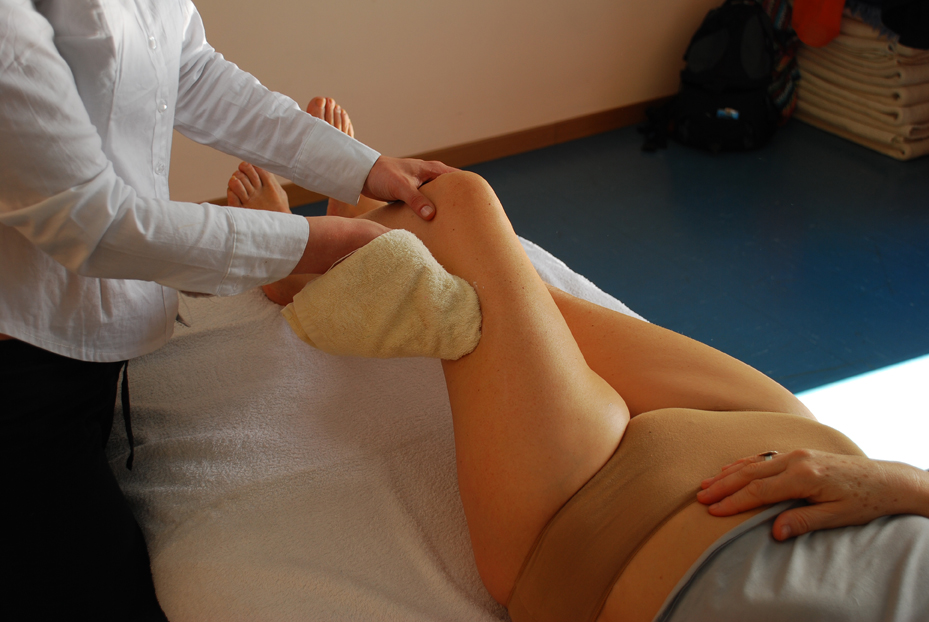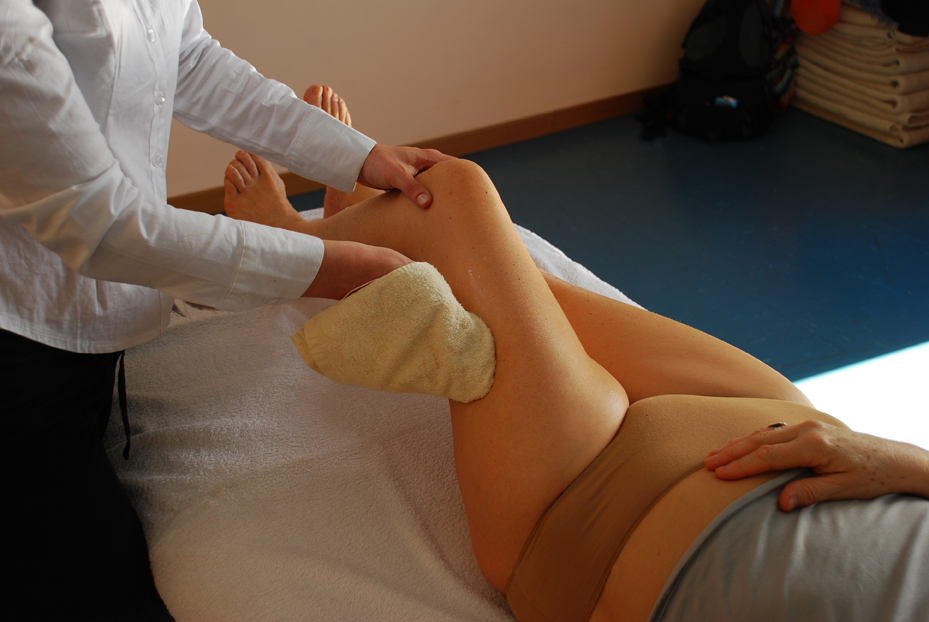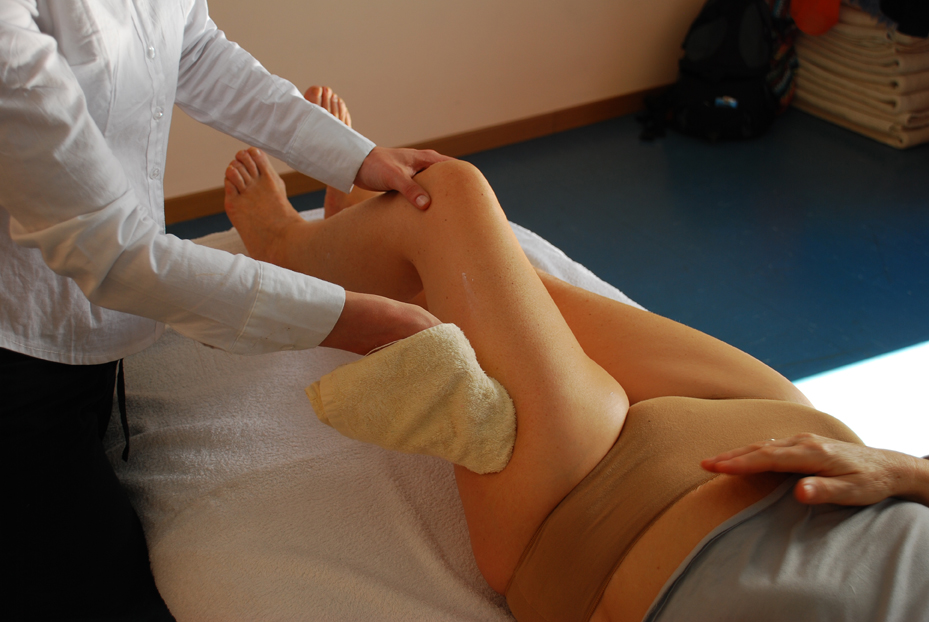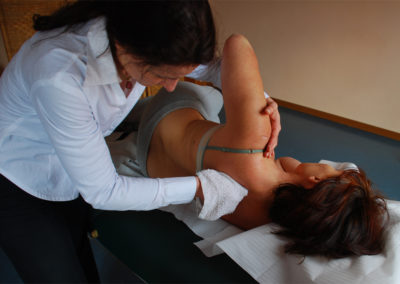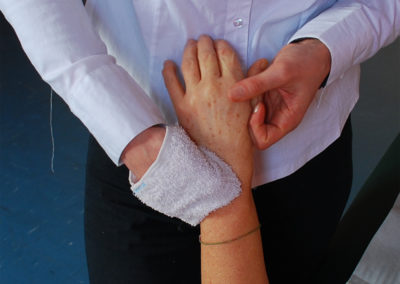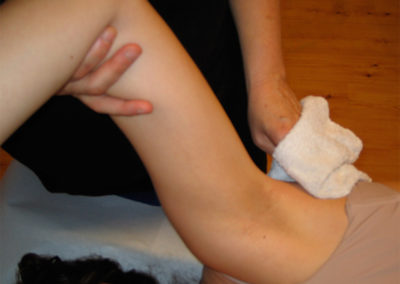

The lymph-connective drainage technique is currently one of the most effective manual therapy techniques for the resolution of lymph stasis disorders as it allows to integrate the current knowledges of the lymphatic system with the anatomical and physiological knowledges of the myofascial system.
The lymph-connective drainage is a technique born from an experimental work of about twenty years of various people, therapists, patients, doctors, collaborators who tried and experienced the effects over time until they came to systematize this innovative technique in comparison to other currently used drainage techniques.
It is a technique that acts, in addition to the superficial and deep lymphatic system, on the connective bands with very slow and deep maneuvers, using a cream and a sponge.
The application of the technique presumes anatomical and physiopathological knowledges in order to be able to properly act on every body region.
The lymph-connective drainage objective is to act very deeply on the lymphatic system by restoring the correct circulatory and immune balance of the body’s lymph in the main lymphatic collectors and in the connective bands which cover up the muscles and the organs.
The therapeutic action takes place on several levels simultaneously.
The mechanical stimulation obtained by the hydrodynamic facilitation of the lymph through the external manual stimulation, both directly by the external compression and by reflection, stimulating neurolymphatic points and draining, in particular, the major lymphatic stations such as armpit and groin allows to obtain an antiedematic effect in both primary stases and secondary ones, coming after surgical interventions on lymph nodes (particularly lymphedema of the upper limb after enlarged radical mastectomy).
The mechanical stimulation of the lymphatic system is associated with immunological reactions, located in the system itself, that are closely related to the connective tissue area or to the specific tissue drained from the lymphatic vessels on which one acts with the lymph-connective drainage technique. The immune defenses thus improve since through the interstitial drainage it is possible to transport plasma proteins and nutrients, colloidal substances, cellular debris and bacteria, white blood cells and immunoglobulins; it has a healing effect in the case of wounds or sores, ulcerations that are difficult to treat by improving the local circulation, achieving a pain-relieving and relaxing effect.

